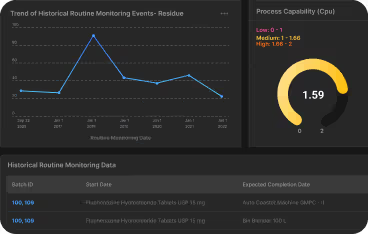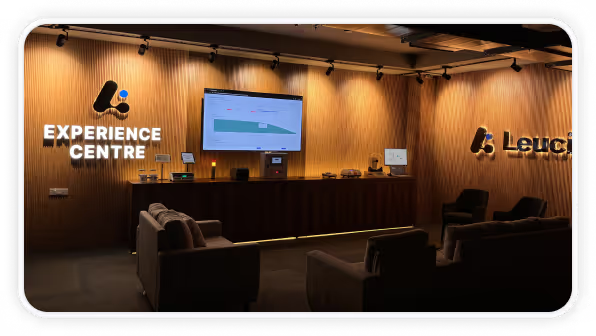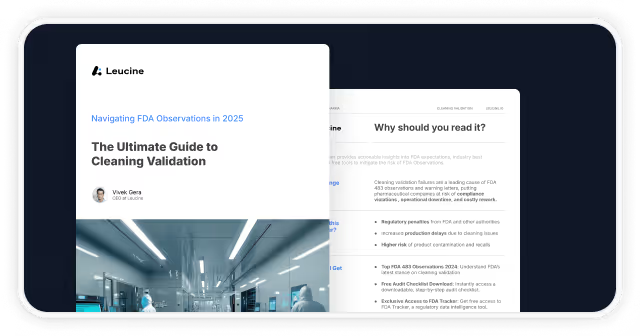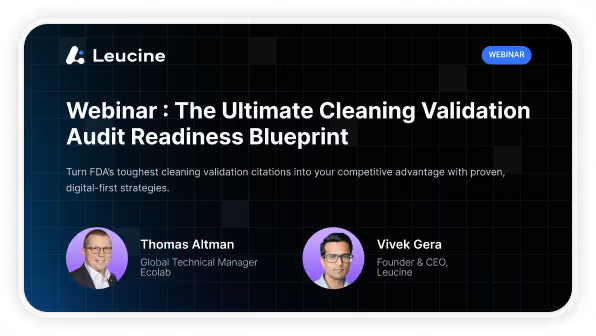9 Proven Ways to Avoid Failing Methods Due to Low Limits
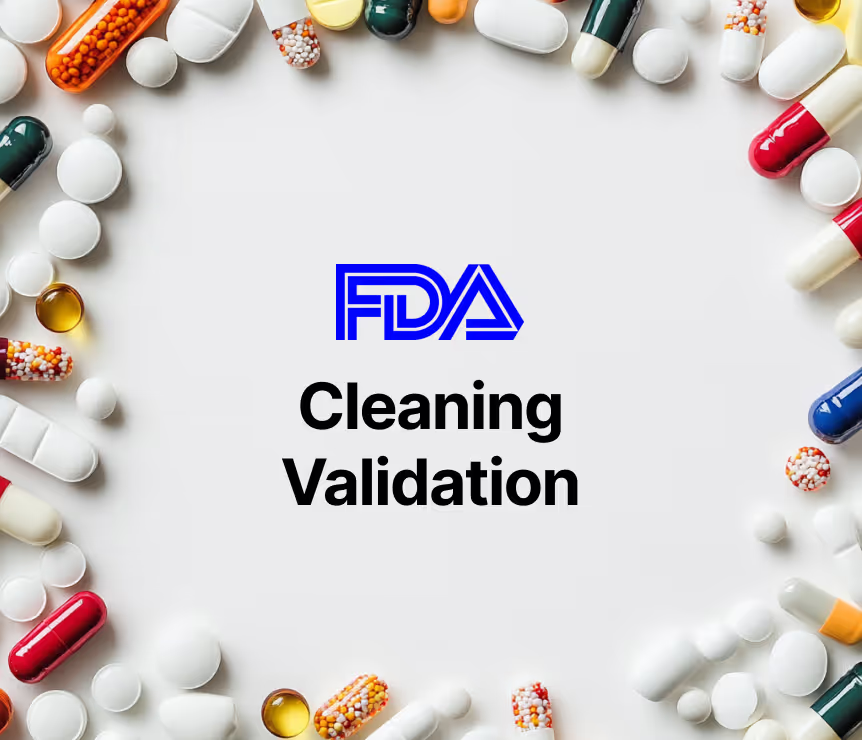

Given the lowered residue limits by cleaning validation guidelines, it's essential to adapt to avoid analytical method failures. The content outlines nine practical strategies:
- Assess Practical HBEL Values: Assessing Health-Based Exposure Limits requires evaluating ADE values based on toxicological data. This assessment must consider various factors like patient population and route of exposure. It's vital that quality teams ensure accurate assessments by qualified experts.
- Optimise Residue Limits: Optimization can lead to fewer out-of-specification cleaning results and a higher safety margin. Strategies include evaluating limits at each equipment level and moving to HBELs from traditional metrics.
- Rationalise Worst Case Product Selection: Adopt an integrated risk-based approach for selecting worst-case molecules. This involves considering factors like toxicity, potency, and cleanability to reduce the selection of unnecessary worst-case scenarios.
- Leverage Sampling Parameters: By adjusting sampling parameters such as the area and solvent volumes, companies can maintain validated states while accommodating new residue limit requirements.
- Prefer Swab over Rinse: When feasible, swab sampling should be preferred over rinse due to generally higher residue limits allowed for swabbing.
- Final vs Additional Rinse: Understanding when to employ final rinse versus additional rinse samples can significantly impact residue detection and compliance.
- Analyse Next Products: Evaluating the next products in line for manufacturing after cleaning can help identify and mitigate potential residue limit issues.
- Manage Small Batches: Addressing the challenges small batches pose can involve separating exhibit from commercial batches or increasing the minimum batch size.
- Proactive Measures in Analytical Method Development: Rather than reacting to limit breaches, developing analytical methods with a proactive approach to detect and quantify residues more effectively is advised.
Frequently Asked Questions
